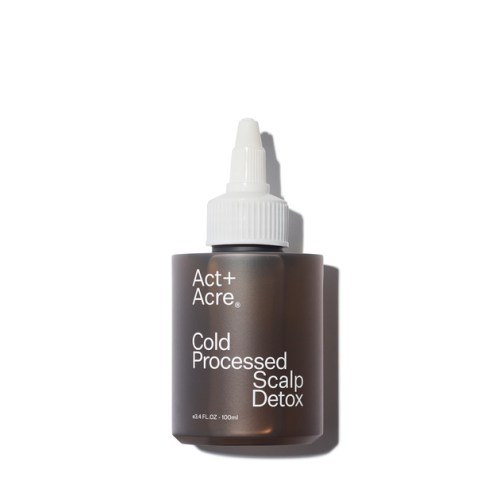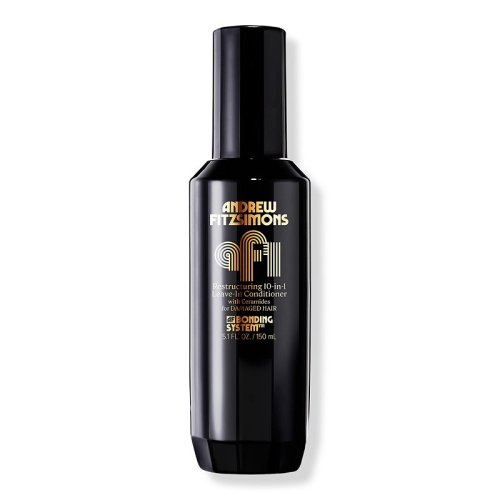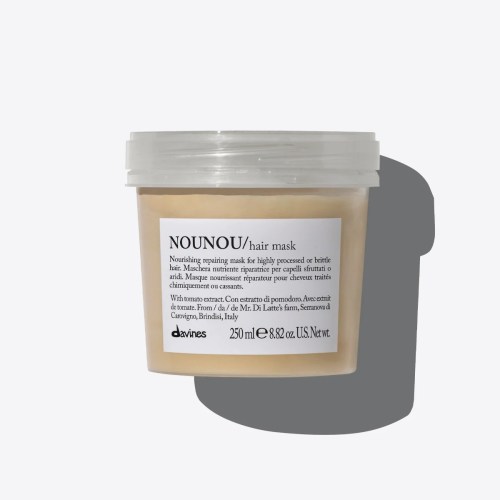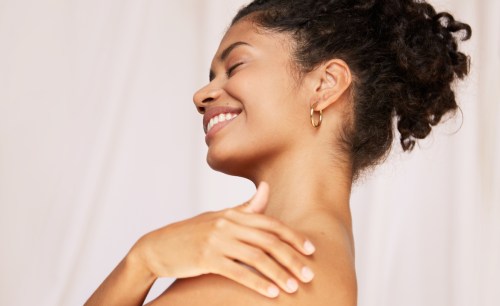Our editors independently select these products. Making a purchase through our links may earn Well+Good a commission
If you’re a millennial, you likely remember Sun In as a staple of your early-aughts summertime routine, which was the perfect fix any time you wanted to compliment your Roxy swimsuit with blonde streaks. And just like butterfly clips, frosty lip gloss, and thin brows, this type of hair-lightening spray has come back into style. On TikTok, people are raving about the sun-bleached benefits these types of products deliver (see here, here, here, and here)—but are some trends better left in the past? Below, the pros reveal how safe hair-lightening sprays really are for your strands, and if this path to lighter hair might do more damage than good.
Experts in This Article
celebrity hairstylist and founder of Andrew Fitzsimons Hair
certified trichologist and founder of Act+Acre
What are hair-lightening sprays?
So, what are hair-lightening sprays, anyway? Helen Reavey, certified trichologist and founder of Act+Acre, explains that ingredients like ammonium persulfate, ethyl alcohol, and most importantly, hydrogen peroxide find their way into hair-lightening sprays. These ingredients lift pigment from the hair follicle in an effort to mimic a lighter hair color that one would get while spending hours upon hours in the sun. Typically, a person will spray this type of product onto their hair before sun exposure to achieve a lighter hair color for far less than what a trip to a salon would cost.
How lightening sprays damage your hair
If that sounds too good to be true, that’s because it is. “Although hair lighteners are an easier and more cost-effective way to highlight the hair [than salon highlights], they ultimately end up doing the scalp more damage than benefit,” says Reavey. Since ingredients like hydrogen peroxide are corrosive, hair-lightening sprays can strip the layers of the skin on the scalp, leaving it more susceptible to sun damage.
But your scalp isn’t the only thing you should worry about when using hair-lightening sprays. Reavey adds that the ingredients found in most hair-lightening sprays also strip moisture from your hair follicles, leaving them dehydrated and damaged. “Hair is so fragile and delicate, so like anything else that looks to alter the hair, you need to be careful with products that lighten your hair,” confirms Andrew Fitzsimons, celebrity hairstylist and founder of Andrew Fitzsimons hair-care. He notes that these products lighten the hair by raising the outer cuticle and damaging the bond inside the hair shaft. “This causes the hair to weaken and break, and when the internal structure of the hair is compromised, the strands are more likely to split and snap,” says Fitzsimons.
Given that these sprays are made with plain ol’ hydrogen peroxide, they will do far more damage to the hair than salon-grade bleach, which is specifically formulated with conditioning agents to nourish the strands while lifting dark pigments. And if hair health isn’t a concern for you, then this aesthetic fact may help you steer clear of hair-lightening sprays. “The chemicals used to lighten tend to turn darker hair tones more orange,” says Fitzsimmons.
Both professionals reveal that hair-lightening sprays won’t work the same on all hair colors or types. Reavey mentions that hair-lightening sprays tend to give a bleach-blonde color to hair that is already blonde or light, since they run less of a risk of severe discoloration.On the other hand, Fitzsimons reminds brunettes and those with dark hair that you cannot transition from dark to blonde overnight without some severe repercussions since you’ll have to use an extreme amount of harsh product to lift the dark pigments in your hair.
Regardless of your hair color, there isn’t much control with these types of products when it comes to lightening the hair to a specific shade you have in mind. In fact, there is such little control in knowing how much product to use and how long you should use it that an entire hair salon declined to speak with Well+Good about hair-lightening products since “these types of products are extremely unpredictable.”
Suppose you really don’t care about some summertime hair damage. After all, summer is *the* season for throwing all your worries out the window and substituting them for an Aperol spritz, correct? Unfortunately, hair-lightening sprays can cause serious damage that can also follow you into the fall and winter seasons. “What most people don’t realize is that it also prevents you from getting regular hair color in the future,” says Reavey. “They contain metallic salts that have a chemical reaction with regular/professional color and can lead to your hair dissolving.”
So, is this TikTok trend worth it? Reavey puts it best: “My professional advice is to avoid any and all of these types of products. You will end up spending more money trying to fix it.” If the social media site beat us to the punch and convinced you to try a hair-lightening spray, there is a way to remedy your strands back to health. Fitzsimons mentions, “The best products to help damaged hair efforts of coloring include using olive oil, coconut oil, argan oil, and hair masks specific to your needs and hair type.” In addition, make sure to use a soothing scalp treatment to restore balance to your skin and follicles.

Act+Acre Cold Pressed Scalp Detox — $42.00
This product is your entire scalp-care routine packed into one chic bottle you’ll be proud to display in your shower. Apply this pre-cleanse oil before your wash to gently break down excess grime and oil, protect your scalp’s natural oil balance, and even balance irritation. In addition, this cleanse contains baobab and basil leaf, two anti-inflammatory ingredients that will soothe the scalp and nourish it with its antioxidant benefits.

Andrew Fitzsimons AF1 Restructuring 10-in-1 Leave-In Conditioner — $14.00
Want a product that’ll add shine and bounce to your hair while repairing your strands? Consider this leave-in conditioner, which contains a proprietary AF Bonding System™️, a protein-based complex that helps improve damaged hair and split ends. It also contains passion fruit and castor oils to moisturize the hair and diminish frizz.

Davines NOUNOU Hair Mask — $36.00
Add this to your Sunday spa night if your chemically processed hair is in dire need of repair. This formula is like a refreshing green juice on a hot summer’s day: it has glycerin, olive oil, and jojoba oil, that work synergistically to add moisture back to strands, while Fiaschetto tomato extract, which contains vitamin C, restores hair and helps to fight against oxidative stress.
Want even more beauty intel from our editors? Follow our Fineprint Instagram account for must-know tips and tricks.
Sign up for the Well+Good SHOP Newsletter
Get exclusive deals on wellness, beauty, fitness, and food products that have been hand-picked by our editors.
Got it, you've been added to our email list.











